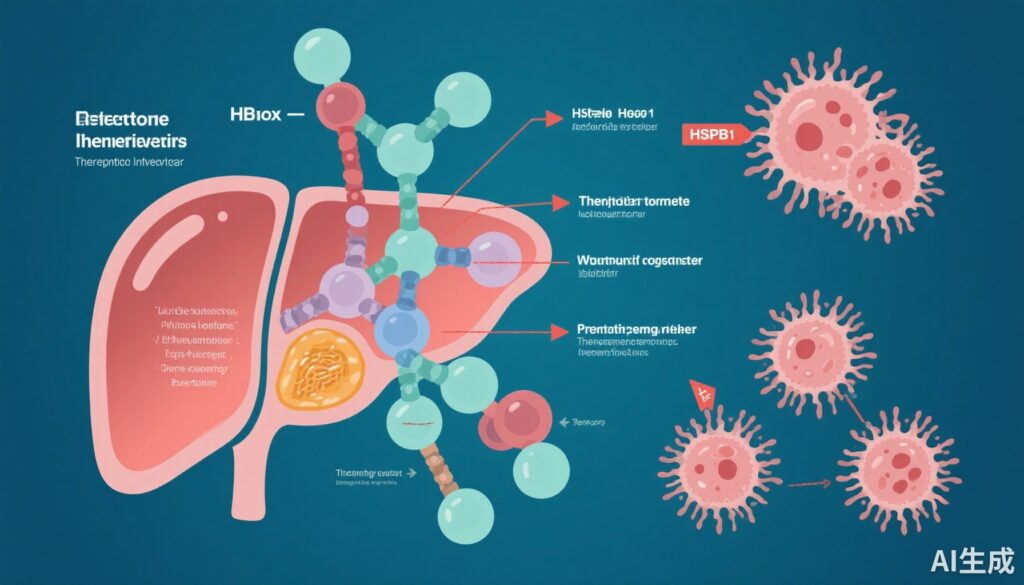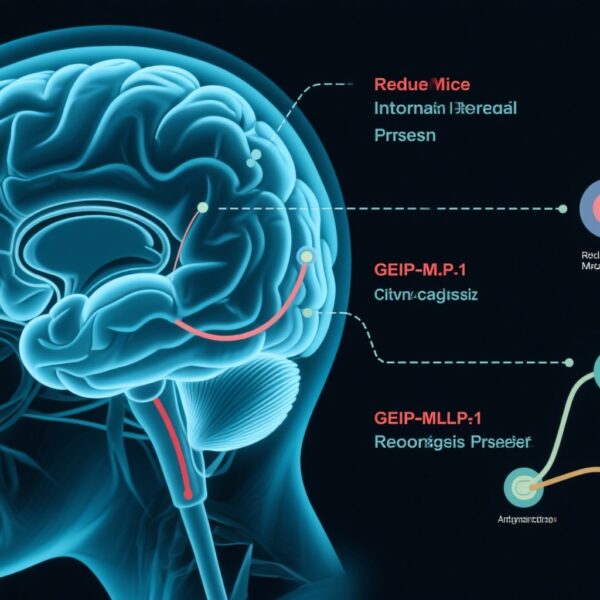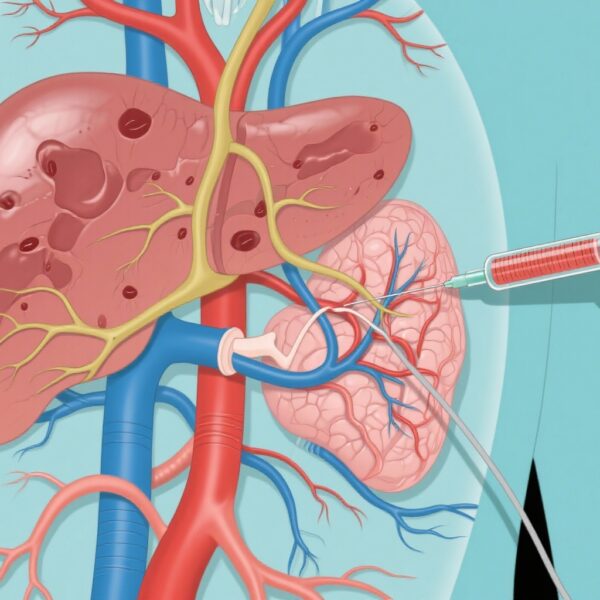Introduction and Clinical Context
Chronic hepatitis B virus (HBV) infection poses a significant global health challenge, affecting over 250 million individuals worldwide and leading to severe liver diseases including cirrhosis and hepatocellular carcinoma. Current antiviral therapies primarily suppress viral replication but do not eliminate covalently closed circular DNA (cccDNA), the persistent form of HBV genome that sustains infection. This unmet medical need necessitates innovative therapeutic strategies targeting the viral lifecycle and modulating hepatic immune responses.
Understanding the Molecular Underpinnings: HBx and HSPB1
The HBV-encoded X protein (HBx) has a pivotal role in viral persistence and pathogenesis by regulating viral replication and modulating host cellular pathways. Recent research reveals that HBx elevates heat shock protein B1 (HSPB1), also known as Hsp27, which influences multiple cellular processes including protein stability, apoptosis, and immune regulation.
HSPB1’s interaction with HBx enhances its expression by attenuating ubiquitination-mediated degradation and promoting nuclear localization through phosphorylation. Elevated HSPB1 then stabilizes HBV cccDNA by suppressing the recruitment of APOBEC3A and APOBEC3B, host cytidine deaminases capable of mutating cccDNA—a critical step favoring viral persistence.
Implications for Viral Replication and Immune Response
The stabilization of cccDNA by HSPB1 forms a significant barrier to viral clearance. Concurrently, HSPB1 influences hepatic immune responses by modulating immune cell subsets. Specifically, the elevated HSPB1 reduces regulatory T (Treg) cell frequencies and enhances CD8+ T cell activity, fostering a more effective immune-mediated clearance of HBV.
This dual role of HSPB1 in maintaining viral cccDNA and shaping immune milieu makes it a compelling therapeutic target. Modulating HSPB1 can destabilize cccDNA and restore immune surveillance, providing a two-pronged approach to HBV eradication.
Novel Therapeutic Peptide: D-TK
Building upon these mechanistic insights, researchers engineered D-TK, a peptide derived from HBXIP sequences, to specifically bind HBx and inhibit its interaction with HSPB1. Preclinical studies demonstrate that D-TK effectively disrupts the HBx-HSPB1 axis, leading to reduced cccDNA levels and HBV replication.
Beyond antiviral effects, D-TK modulates immune responses by decreasing Treg cell frequency and enhancing CD8+ T cell activation via HSPB1 pathways. This immune activation is crucial for comprehensive viral clearance and long-term remission.
Evidence from Model Systems
Studies employing HBV-infected cells, human-liver chimeric mice, and hydrodynamic injection-based HBV models in immunocompetent mice have confirmed the efficacy of D-TK. These models showed significant reductions in HBV DNA, cccDNA, and surface antigen levels, alongside improved T cell responses. Importantly, D-TK demonstrated a favorable safety profile and specific targeting of HBx-HSPB1 interactions.
Clinical Translation and Future Directions
The translation of D-TK into clinical settings offers a promising paradigm shift in HBV therapy, focusing not only on viral suppression but also on cccDNA eradication and immune restoration. Future research should encompass clinical trials to evaluate safety, optimal dosing, and therapeutic efficacy in HBV-infected patients.
Additionally, combination therapies pairing D-TK with existing antiviral agents such as nucleos(t)ide analogs could enhance treatment outcomes. Investigating the broader implications of HSPB1 modulation in liver immunology and HBV-associated carcinogenesis is also warranted.
Conclusion
Targeting the HBx-induced elevation of HSPB1 presents a promising innovative approach to tackling chronic HBV infection. The development of peptides like D-TK that disrupt this axis offers dual benefits: suppression of persistent cccDNA and modulation of hepatic immune responses. This strategy holds the potential to move beyond viral suppression towards a functional cure, significantly impacting global HBV management.
References
– Yuan H, Zhao L, Yang G, et al. HBx-induced HSPB1 is a potential therapeutic target owing to its modulation of HBV cccDNA and hepatic immune responses. J Hepatol. 2025;S0168-8278(25)02556-5. doi:10.1016/j.jhep.2025.09.033
This review underscores the importance of host-virus interactions in HBV persistence and highlights innovative therapeutic strategies that could transform disease prognosis and patient outcomes.




Well-written and concise. Great job.